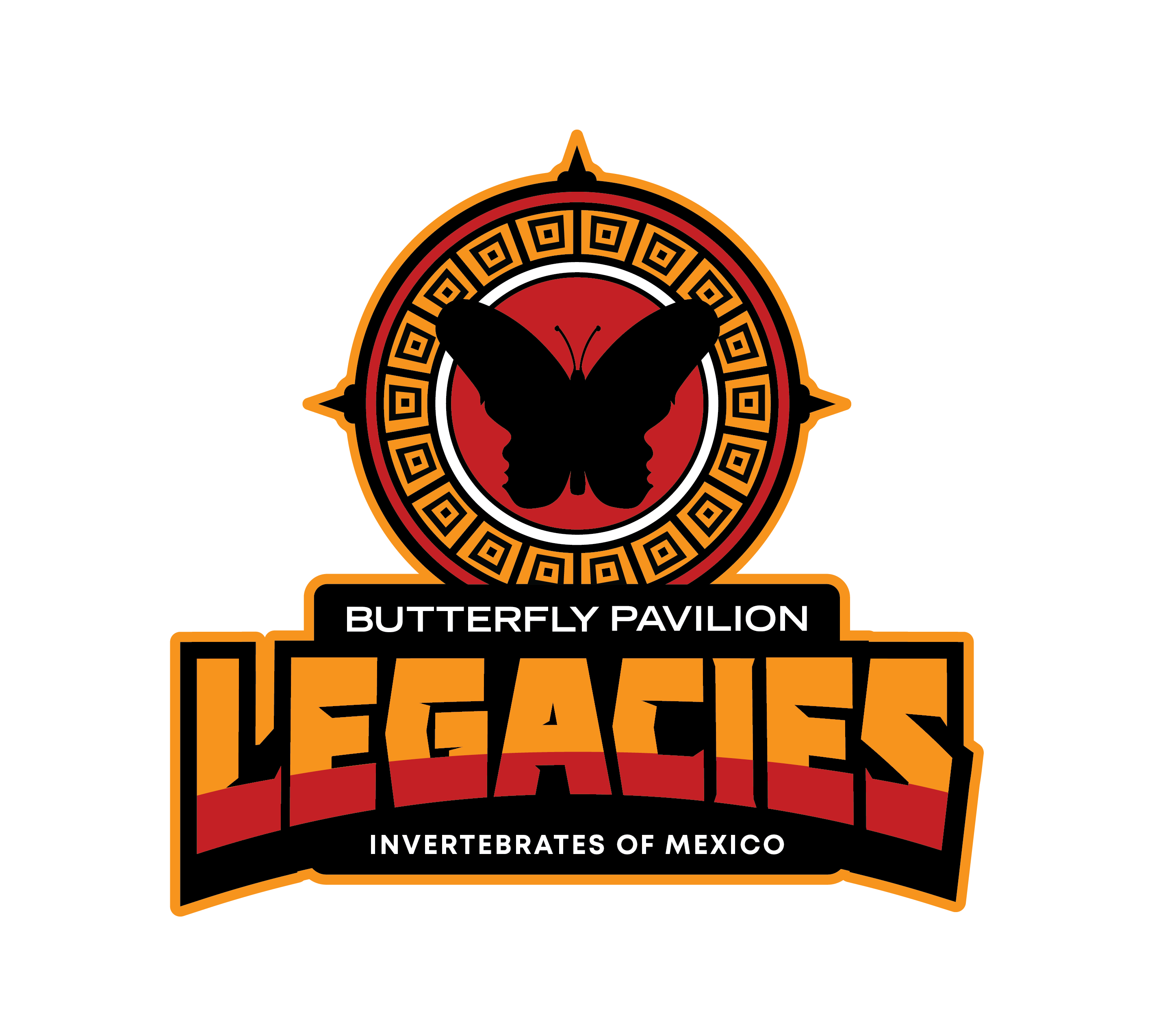Legacies: Invertebrates of Mexico
Where Nature, Culture, and Conservation Come to Life!
Leer en Español Aquí
Celebrating Cultural Heritage Through Invertebrates
Explore Mexico’s deep connection to invertebrates and their essential roles in food, art, medicine, and spirituality, celebrating the rich legacy of Mexico’s indigenous communities through Butterfly Pavilion’s new Legacies: Invertebrates of Mexico exhibit.
Legacies: Invertebrates of Mexico will illustrate how invertebrates were important in Mexico’s culture as a food source, for clothing dye and for their interactions with important food crops. The animals and habitats found in the region will be featured including cave cockroaches, tarantulas, millipedes, leafcutter ants, and more. Invertebrates’ role in modern Mexican culture, diet and cultural celebrations, such as the monarch butterfly migration will also be highlighted.
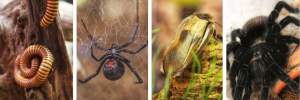
Exhibit Highlights:
- Live Animals – Millipedes, scorpions, tarantulas, slipper lobsters, and other invertebrates highlight their vital role in Mexico’s ecosystems, agriculture, and culture.
- Monarch Tree– A dynamic installation showcasing the unique relationship between monarch butterflies and oyamel fir trees.
- Sensory Elements – Lush soundscapes and natural scents transport visitors into Mexico’s diverse ecosystems.
- Live Feeding Displays – Witness leafcutter ant colonies farming their own food.
- Interactive Educational Activities –Hands-on conservation learning opportunities to engage visitors of all ages.
Historical and Cultural Context
In 1519, Spanish conquistadors, led by Hernán Cortés, began a violent conquest that would change history. By 1521, the great city of Tenochtitlan, along with many other Indigenous cities and cultures, was destroyed. This event caused major changes to Indigenous communities across the region. The conquest disrupted their societies and ways of life.
Mexico’s Indigenous communities are incredibly diverse. Each group has its own unique languages and traditions shaped by the land and environment around them. This exhibit acknowledges the diversity of Mexico’s Indigenous peoples. It highlights their lasting impact on Mexico and the world, while recognizing that their cultures are living, evolving, and vital today.
Invertebrates and Daily Life
Invertebrates were essential to Mexican life and culture, used in food, farming, art, medicine, and ceremonies. Legacies: Invertebrates of Mexico explores their importance in indigenous communities, from practical uses to spiritual connections, and their lasting influence on the region. Discover how invertebrates shaped daily life and beliefs, and how this connection to nature continues to resonate today.
- Art and Textiles: Butterflies and bees were depicted in clothing, carvings, and warrior headdresses.
- Dye Production: Cochineal insects were used to create a red dye symbolizing life and vitality.
- Diet and Agriculture: Insects like grasshoppers, beetles, and maguey worms were consumed as food. Stingless bees were
kept for honey and wax, often given as tribute. - Pollination: The Mexica understood the importance of pollinators. For example, biting midges were crucial for pollinating
cacao trees, whose seeds were used as currency.
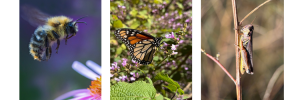
Spiritual and Religious Connections
Invertebrates held significant spiritual value for indigenous communities and were linked to important gods and religious ceremonies.
- Quetzalcóatl: The god of wind was said to transform into an ant to help feed the people.
- Itzpapalotl: A warrior goddess often depicted as a silk moth.
- Templo Mayor: Sea urchins, sand dollars, and sea stars were used in offerings at Templo Mayor, symbolizing the ocean’s
power.
Strengthening Local Cultural Ties
To bring this exhibit to life, Butterfly Pavilion collaborated with esteemed local cultural partners including the Consulate General of Mexico in Denver, National Institute of Anthropology, History of Mexico and Calaveras en Mi Ciudad and Harvest of All First Nations. These partnerships have enriched the exhibit by providing authentic cultural insights and artifacts that deepen visitors’ understanding of Mexico’s invertebrate heritage, ensuring a comprehensive and inclusive presentation of Mexico’s diverse cultural narratives.

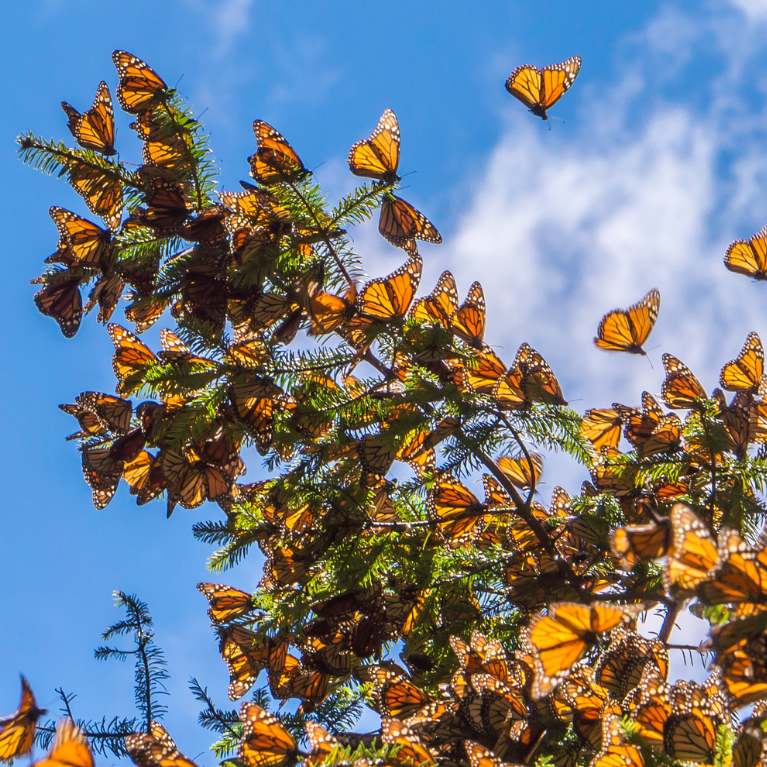
Global Conservation in Action
In Mexico, Monarch butterflies have deep cultural significance. Each fall, they migrate south and arrive in November, coinciding with Día de los Muertos (Day of the Dead). These butterflies are believed to embody the souls of departed loved ones, returning to the land of the living. Learn about Butterfly Pavilion’s collaboration with Mexico’s government to restore critical monarch butterfly habitats, underscoring the importance of protecting invertebrates and their ecosystems.
Learn More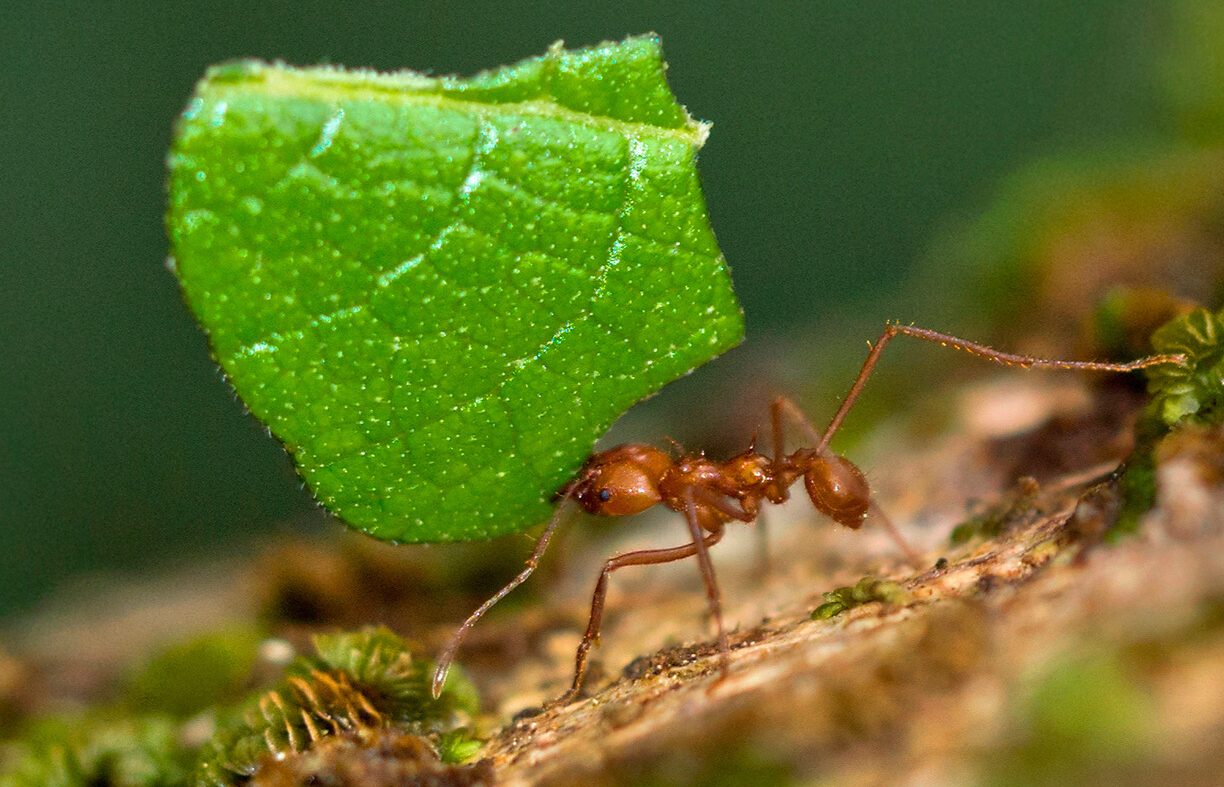
Watch our leafcutter ants from home
Curious if our leafcutters choose the easy or tough path to their fungus farm? Can't visit our amazing exhibit? No worries! Tune into our live ant cam on Zoolife and witness their incredible teamwork and social structure as they cultivate their garden, bringing the fascinating details of their daily life right to your screen.
Watch Now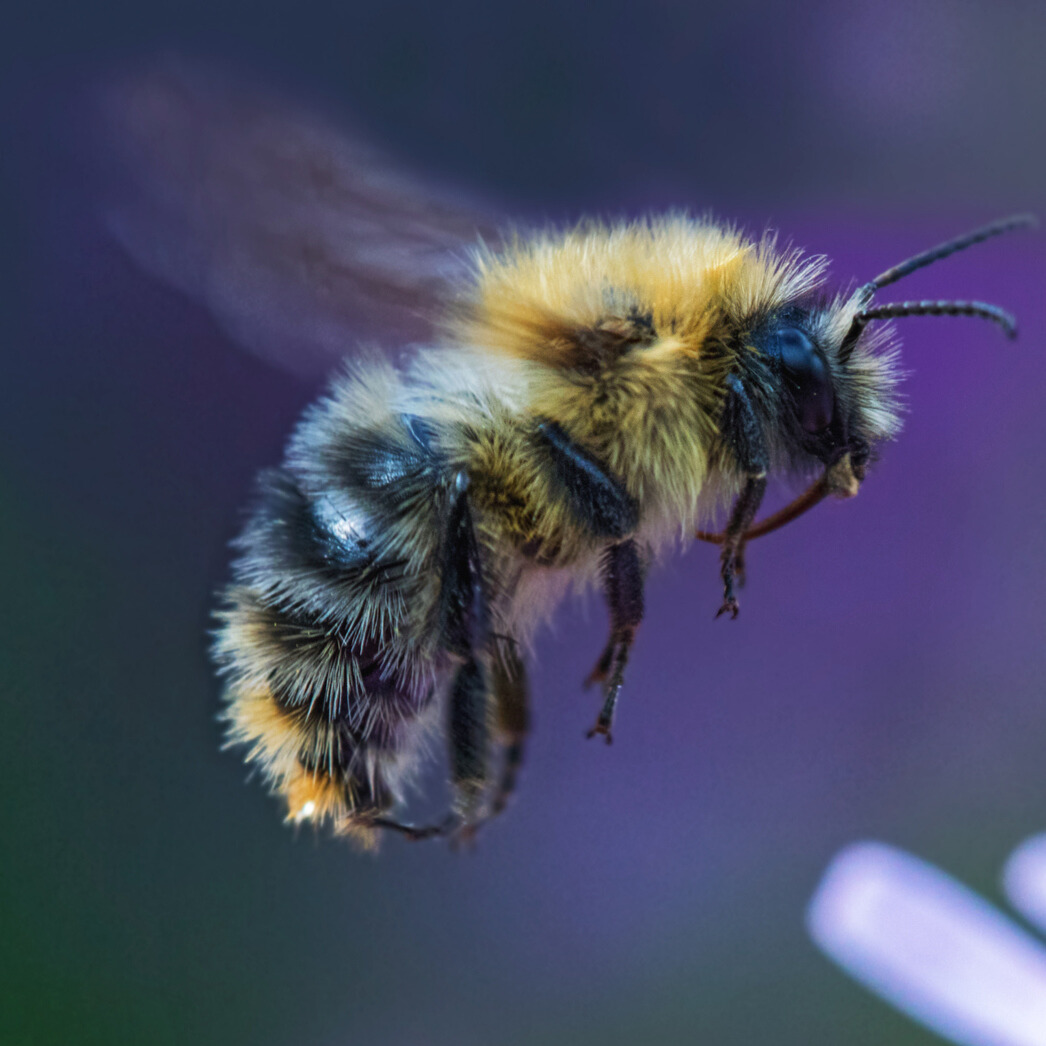
Protecting Pollinators
Invertebrates, including bees, butterflies, and other pollinators, are essential for supporting Mexico's agriculture. They pollinate key crops such as avocados, tomatoes, chilies, and cacao, which are not only vital to Mexican diets but also important exports. Learn More about how Butterfly Pavilion is helping to protect these crucial pollinators.
Learn More


